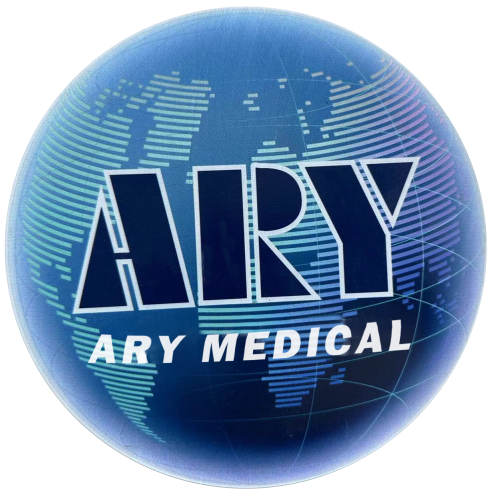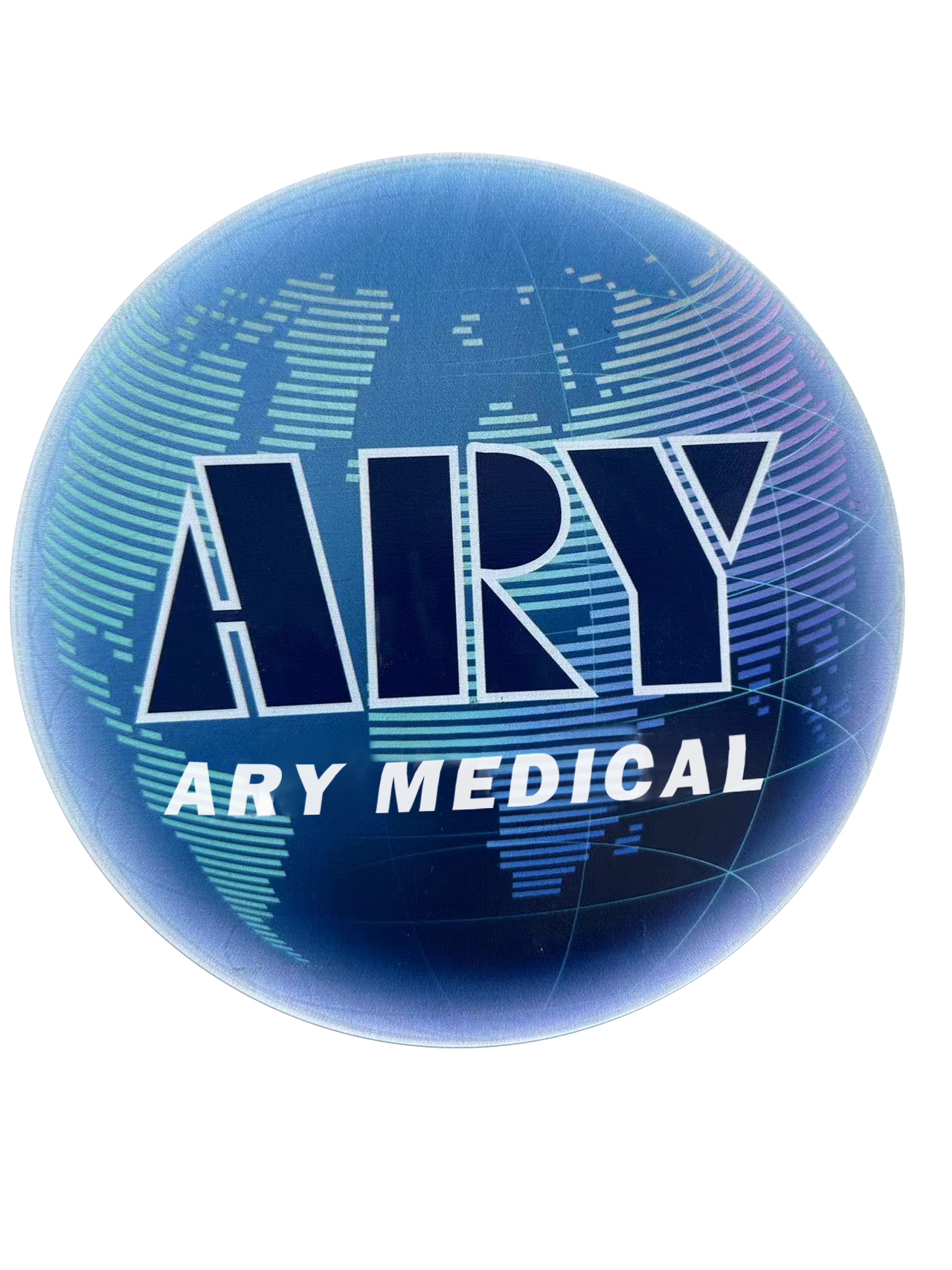Disposable Syringes That quote for 100,000 syringes just hit your inbox. The price is a game-changer. But beneath the compelling numbers lies a question that can make or break your reputation: is the sterility guarantee ironclad, or just ink on paper? In the world of bulk procurement, we obsess over unit cost and logistics, often treating sterility as a simple checkbox. A fatal assumption. Because a single lapse in aseptic integrity doesn’t just mean a faulty product. It means catastrophic recalls, shattered client trust, and regulatory nightmares that can cripple a business overnight. This isn’t just about sourcing syringes and needles. It’s about safeguarding your entire operation. Before you sign that PO, let’s talk about what “sterile” really costs and why paying for it is the smartest investment you’ll ever make.
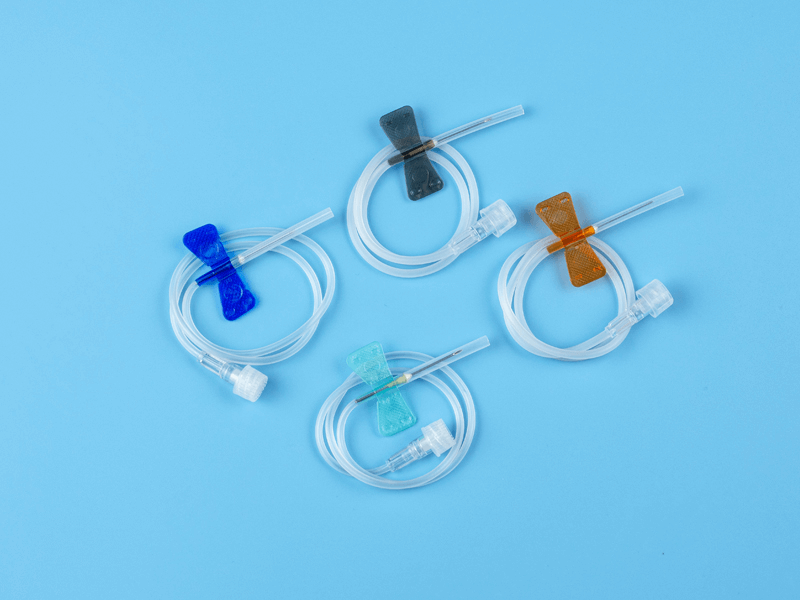
That “Great Deal” on Bulk Syringes? Here’s the Hidden Risk No One Talks About
You’ve been there, right? You’re staring at two quotes. One is from your tried-and-true supplier, and the other, from a new factory overseas, is so low it almost seems like a typo. As a Senior Procurement Manager, your job is to drive cost-effectiveness. The pressure to improve margins is constant. That lowball offer could make you look like a hero.
But I’ve been in this game for a long time, and I can tell you that the number on the quote is never the full story. The real cost—the landed cost analysis that truly matters—includes risks. And the biggest hidden risk in sourcing sterile medical devices is a failure in, well, sterility.
We’re talking about a contaminated batch risk. One bad lot of hypodermic needles doesn’t just get returned. It triggers a cascade of disasters:
- Product Recalls: The logistics and financial costs are staggering.
- Client Loss: Hospitals and clinics will drop you in a heartbeat. Their patients’ lives are on the line.
- Legal Action: You could be held liable for any healthcare-associated infections (HAIs) that result.
- Regulatory Fines: The FDA doesn’t take kindly to breaches in the medical supply chain management.
Suddenly, that “great deal” becomes the most expensive mistake your company has ever made. The cost of poor quality far outweighs any initial savings.
Let’s Get Real: What Does “Sterile” Actually Mean for Your Syringes?
“Sterile” is one of those words that gets thrown around a lot. But in the medical world, it has a very specific, quantifiable meaning. It’s not just “really clean” or “disinfected.”
Sterility is the complete absence of viable microorganisms. Period.
To achieve this, manufacturers aim for a Sterility Assurance Level (SAL). You’ll often see this expressed as 10⁻⁶. This isn’t just jargon; it’s a promise. It means that there is a one-in-a-million chance of a single non-sterile item existing in a sterilized batch.
Why does this matter to you, a procurement manager? Because a supplier who can’t speak fluently about their SAL or tries to gloss over it doesn’t truly understand the gravity of what they’re producing. They see a plastic tube and a plunger; you need a partner who sees a critical tool for patient care, where failure is not an option. It’s the foundation of patient safety standards.
It’s Not Just “Clean”: A Peek Inside Medical-Grade Sterilization Methods (EO vs. Gamma)
So, how do manufacturers achieve that one-in-a-million promise? They don’t just wipe down the syringes with an alcohol pad. They use powerful, industrial-scale sterilization methods. The two most common for bulk medical supplies like disposable syringes are Ethylene Oxide (EO) and Gamma Irradiation.
As a buyer, you don’t need to be a microbiologist, but you do need to know the basics to ask intelligent questions.
| Feature | Ethylene Oxide (EO) Sterilization | Gamma Irradiation |
|---|---|---|
| Process | A colorless, toxic gas penetrates the packaging to kill microorganisms. | Products are exposed to Cobalt-60 radiation, which destroys microbial DNA. |
| Pros | Excellent for heat-sensitive plastics (like many syringes). Highly effective penetration. | Fast and highly reliable. No toxic residues to worry about after the process. |
| Cons | Requires a lengthy aeration process to remove residual gas. It’s a toxic and flammable gas. | Can degrade some plastics and materials, causing discoloration or brittleness over time. |
| What to Ask | “What are your aeration protocols and how do you test for residual EO?” | “Have you conducted material compatibility studies for your products with gamma rays?” |
Understanding the difference helps you vet suppliers. A knowledgeable manufacturer will be able to justify their choice of method and provide data showing it doesn’t compromise the product’s physical integrity. For instance, if they use gamma, they should be able to prove that the syringe barrel doesn’t become brittle. If they use EO, they must provide evidence of their residual testing to ensure the product is safe and pyrogen-free.
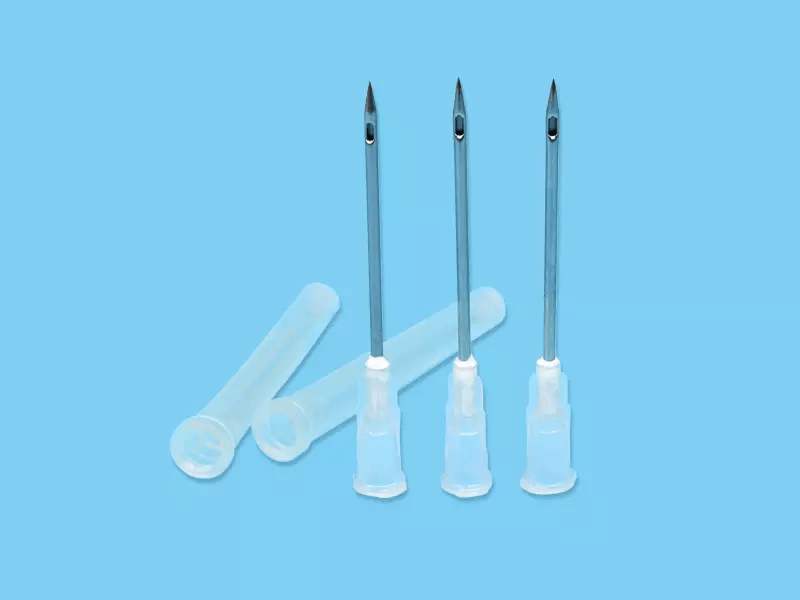
The Paper Trail That Protects You: Why Sterilization Lot Numbers Are Non-Negotiable
Imagine a clinic calls you. “We’ve had three infections, and we’ve traced it back to a batch of syringes you supplied. The lot number is XJ-485B.”
What do you do?
If your supplier provides meticulous lot traceability, you can pinpoint that exact batch, quarantine any remaining stock in your warehouse, and notify other clients who received products from the same lot. It’s a controlled, surgical response.
Without that traceability? You have a nightmare. You don’t know which batch is bad. You might have to recall everything. Every syringe, every needle, from every client you’ve shipped to in the last six months.
This is why a Certificate of Conformance (CoC) with detailed lot numbers for every single shipment isn’t just paperwork. It’s your safety net. It’s proof that the manufacturer has a robust quality management system (QMS) in place. Each lot number should be traceable back to:
- The raw materials used
- The specific production line and date
- The sterilization batch and cycle data
- The quality control tests performed
If a supplier is hesitant to provide this level of detail for every single purchase order verification, that’s a massive red flag.
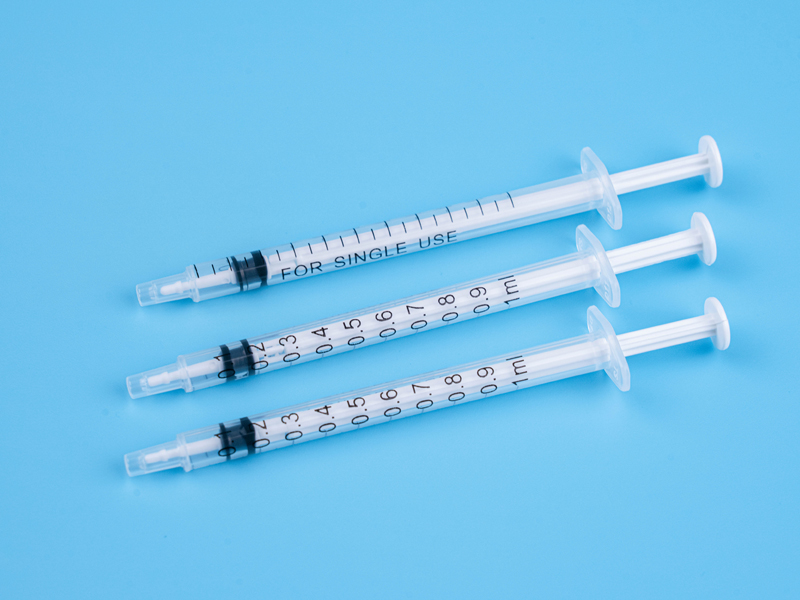
The High Cost of Cutting Corners: How a Single Contaminated Batch Can Wreck Your Business
Let’s run some numbers, because I know you’re data-driven.
Let’s say you save $0.02 per unit on an order of 500,000 syringes by going with a cheaper, less-vetted supplier.
- Initial Savings: 500,000 x 0.02=0.02=10,000
Looks good on the P&L sheet. But then, a contaminated batch is discovered.
The Costs of Failure:
- Recall Logistics: Notifying customers, arranging reverse logistics, shipping replacements. Cost: $20,000+
- Product Loss: The cost of the recalled units and their replacements. Cost: $50,000+
- Regulatory Fines: Fines from bodies like the FDA can easily run into the hundreds of thousands of dollars. Cost: 100,000−100,000−1,000,000+
- Legal Fees: If patients were harmed. Cost: Sky’s the limit.
- Loss of Business: Your biggest client, a Group Purchasing Organization (GPO) representing 50 hospitals, puts your contract on hold. Cost: Millions in lost revenue.
Your initial $10,000 in savings just cost the company millions and put its very existence at risk.
This isn’t about fear-mongering. This is simple risk management. Supply chain integrity isn’t a buzzword; it’s the financial bedrock of your distribution business.
Navigating the FDA & CE Minefield: How Guaranteed Sterility Is Your Compliance Shortcut
As a US-based distributor, you live and die by FDA compliance. If you import, you also need to be deeply familiar with Europe’s CE marking and the new Medical Device Regulation (MDR). These aren’t suggestions; they are the law.
And what’s at the heart of all these regulations for sterile products? Proof of sterility and the processes that ensure it.
When you partner with a supplier who has their compliance house in order, your job becomes infinitely easier. A reliable syringe manufacturer will proactively provide you with:
- Their FDA registration number and device listing.
- Their CE certificate, issued by a notified body, clearly stating the product class.
- Their ISO 13485 certification.
This documentation is your “get out of jail free” card during an audit. It shows you’ve done your due diligence. Trying to import from a factory that “is working on their certification” or has an expired one is like trying to cross the border with a fake passport. You might get through once or twice, but eventually, you’re going to get caught, and the consequences will be severe.
Your New Sourcing Playbook: A 5-Point Checklist for Vetting Sterile Syringe Suppliers
Alright, enough about the problems. Let’s talk solutions. Sourcing from a global market is a huge opportunity, but you have to do it right. Here’s my personal checklist, honed over 15 years, for vetting sterile syringe suppliers. This isn’t just about finding a supplier; it’s about finding a partner.
Step 1: Demand the “Holy Trinity” of Certifications (ISO 13485, CE, FDA)
Don’t even start a conversation without these.
- ISO 13485: This is the international standard for a QMS for medical devices. Think of it as the foundational blueprint for how a company ensures quality. If they don’t have it, walk away.
- FDA Registration/Clearance: For the US market, this is non-negotiable. Ask for their registration number and verify it on the FDA’s public database.
- CE Marking: For Europe, this demonstrates compliance with health and safety standards. Ask for the certificate and check which notified body issued it.
Pro Tip: Don’t just accept the PDFs they send. Look at the expiration dates. Verify the certificate numbers with the issuing bodies if you can. Forgeries exist.
Step 2: Grill Them on Their Sterilization Process (And the Answers You Need to Hear)
Go beyond “Are your products sterile?” Ask pointed questions based on what we discussed earlier.
- “Which sterilization method do you use—EO or Gamma? Why did you choose that for this product?”
- (If EO) “What are your validation processes for residual levels according to ISO 10993-7?”
- (If Gamma) “What studies have you done to ensure radiation doesn’t affect the syringe’s material integrity or shelf life?”
- “Can you provide the sterilization certificate for the specific lot I will be receiving in my sample order?”
A good supplier will welcome these questions. A shady one will get defensive or give vague answers.
Step 3: Request Proof of Cleanroom Standards and Quality Control
Syringes must be assembled in a controlled environment to minimize the initial bioburden (the number of microorganisms on a surface before sterilization).
- Ask about their cleanroom manufacturing classification (e.g., ISO Class 7 or 8).
- Inquire about their Good Manufacturing Practice (GMP) protocols.
- Ask what in-process quality checks they perform. Do they test for plunger smoothness? Leakage? Needle sharpness? Are these tests performed on every batch?
This shows you’re not just buying a product; you’re scrutinizing their entire production process.
Step 4: The Factory vs. Trader Debate: Who Really Guarantees Your Quality?
When you’re sourcing from platforms like Alibaba, you’ll encounter both direct factories and trading companies. As a factory ourselves, Ary Medical is a proponent of working directly with the source, but the reality is more nuanced.
| Supplier Type | Pros | Cons | Your Action |
|---|---|---|---|
| Direct Factory | Better pricing, direct control over production, deep product knowledge. | May have higher MOQs, communication can be challenging. | Verify they are a true factory with a factory audit (even a virtual one). |
| Trading Company | Lower MOQs, consolidate products from different factories, often better English communication. | Less control over quality, higher unit cost, you don’t know the real source. | If you use a trader, demand to know the factory of origin and insist on their QMS documents. |
My advice? For critical items like sterile medical devices, establishing a relationship with the actual manufacturer is almost always the safer bet for long-term supply chain management.
Step 5: Never Skip the Sample Phase – What to Look For Beyond the Product Itself
When your samples arrive, your job isn’t just to see if the syringe works. You are a detective looking for clues about the company’s professionalism.
- The Product: Does it feel cheap? Is the printing clear? Test the action. Is it smooth? Check the needle point under magnification if possible. Is it sharp and burr-free? Does it come in both Luer Lock and Luer Slip variants as requested?
- The Packaging: Is it professional? Is it properly sealed? Does it list the lot number, expiration date, and manufacturer details clearly? This is part of the aseptic technique—the packaging is the first barrier.
- The Documentation: Did they include a CoC and a sterilization certificate for the sample lot? This shows they have a system in place and take every order, even a sample one, seriously.
Red Flags in Bulk Procurement: Spotting a Risky Supplier from a Mile Away
As you go through your RFQ for medical supplies, keep an eye out for these warning signs:
- Price is Too Good to Be True: It usually is. They’re cutting corners somewhere.
- Vague Answers: Evasiveness about their QMS, sterilization, or factory details.
- No Traceability: Inability or unwillingness to provide lot-specific documentation.
- “Flexible” Certifications: Claims like “certificate is in process” or offering to put another company’s name on the product. HUGE red flag.
- Poor Communication: Slow responses, language barriers they make no effort to overcome. If communication is bad during the sales process, imagine how bad it will be when there’s a problem.
The Bottom Line: Don’t Just Buy Syringes, Buy Peace of Mind
Look, I get it. Your job is to secure a reliable supply of quality products at a competitive price. It’s a balancing act. But when it comes to single-use medical products like disposable syringes and needles, sterility is the one area where you cannot afford to compromise.
It’s the invisible feature that holds up everything else: patient safety, your clients’ trust, and your company’s reputation and financial health.
Choosing a supplier isn’t just a transaction. It’s the formation of a partnership. By using the playbook above, you move from being a price-taker to a savvy, risk-aware procurement professional. You stop just buying wholesale syringes and start investing in a resilient, high-integrity supply chain. You buy peace of mind. And in this business, that’s priceless.
